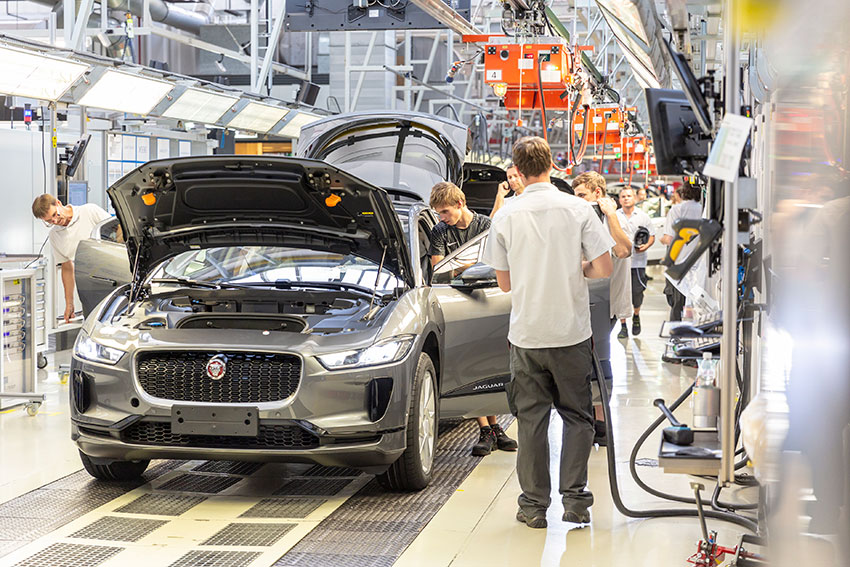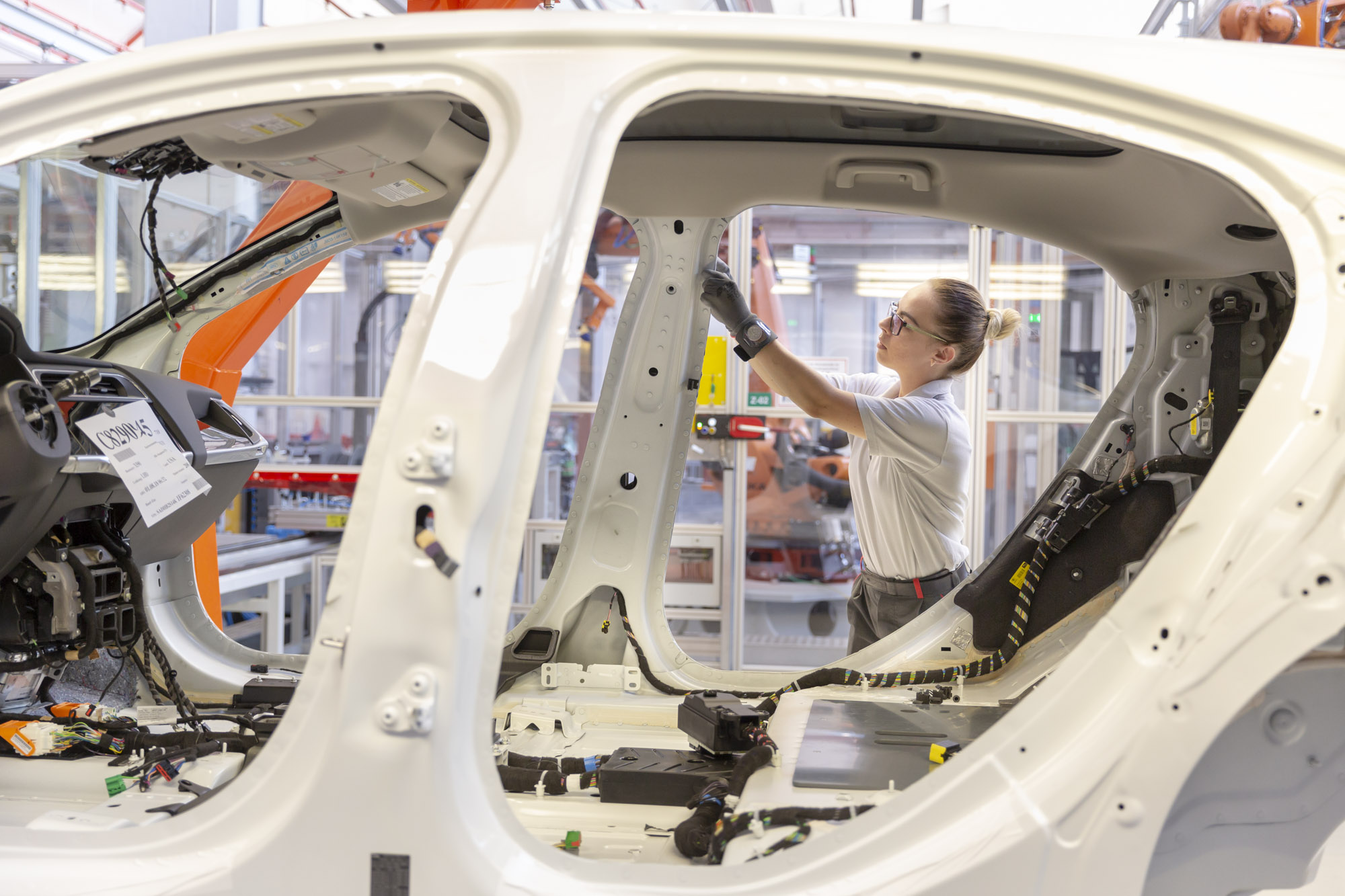STYLING VISIONS VS. TECHNICAL REALITIES
It is sometimes assumed that styling plays a secondary role in the vehicle development process, with function coming before form. However, styling isn't just a single, clearly delimitated step in the development process. Rather, it's a vitally important aspect of the process.
Just like the features list, styling is an integral part of a vehicle. Both must be developed parallel to each other. After all, as many engineering features of vehicles become more and more standardized, the importance of the design experience as a unique selling point, also on an emotional level, will continue to grow.
That said, styling and functionality often do not go hand in hand. From the show car to the production vehicle, every car will undergo major, far-reaching changes and may lose much of its initial stylized character to meet legal standards, manufacturing conventions, and technical requirements. On the other hand, vehicle stylists will look to stay as close as possible to the key sketch. This means that engineers and stylists have to discuss every inch of the vehicle in order to bring vision and reality together.
Vehicle Stylists Work With Emotions, Vehicle Engineers Work With Numbers
A common source of conflict for designers is that they cannot put their visual concepts into numbers, whereas numerical data is the primary tool of engineers. Still, as customers’ decisions are often made on an emotional level, the designers’ point of view and their focus on future target groups are crucial for market success.
Take advanced driver assistance systems (ADAS), for example. For an ADAS system to function properly, numerous external sensors are required. From blindspot monitoring sensors to parking assistants and all-around-vision, all of these sensors have a fixed position on a vehicle. Moving just one of them could affect the functionality of the overall ADAS system, not to mention some of the safety and legal implications this would entail.
The Secret Ingredient for Automotive Design & Styling is Consistent Decision-Making
To this end, technical and styling teams working on a project need to work closely together and, more importantly, understand the other teams. Good styling teams have excellent knowledge of vehicle development and the respective requirements and challenges.
On the flip side, skilled vehicle developers have a keen eye – or at least an open ear – for design conventions and aesthetics. Ideally, there will be a studio engineer to act as a go-between between the vehicle styling and development teams.
It’s Best to Keep Retroactive Styling Changes to a Minimum
Much like in the overall development process, retroactive changes to components and systems that have already been agreed upon should be kept to an absolute minimum. In particular, the new entrant should be clear on the key cornerstones of their vehicle’s vision.
Even seemingly minor changes to the design, be it slightly larger tires or a small change in the angle of the windshield, could affect the vehicle.. Such changes may affect not only styling or design, but often many components, systems, or even the overall platform. This could affect the schedule or timeline and lead to budget overruns.
WHAT'S NEXT?
To summarize, styling is much more than creating glamorous show cars. It’s the art of capturing a vehicle’s DNA. Iconic elements, which characterize future cars and give them a unique personality, are key factors in meeting the demands of the next generation of customers in all forms of mobility.
From the vehicle’s form to its exterior and interior surfaces, colors, materials, and the final experience through to UI/UX and acoustics, vehicle styling is a broad discipline which extends across all aspects of the manufacturing process. Because of this, styling will often come in conflict with the vehicle’s technical requirements. Good stylists should know the technical requirements of a vehicle, while good engineers should be mindful of the aesthetic requirements.
In fact, it could be argued that styling is the discipline that a new entrant’s vision is most concerned with. Styling is a key factor in successfully realizing an automotive vision. And this makes it an indispensable part of the vehicle development process.
What’s more, as cars are becoming more autonomous, the requirements of users in terms of the driving & ride experience will continue to grow. As a result, future generations of designers will face the challenge of creating a new and better world of mobility. Creativity, innovation, and visionary thinking will be the key factors in future mobility design.






